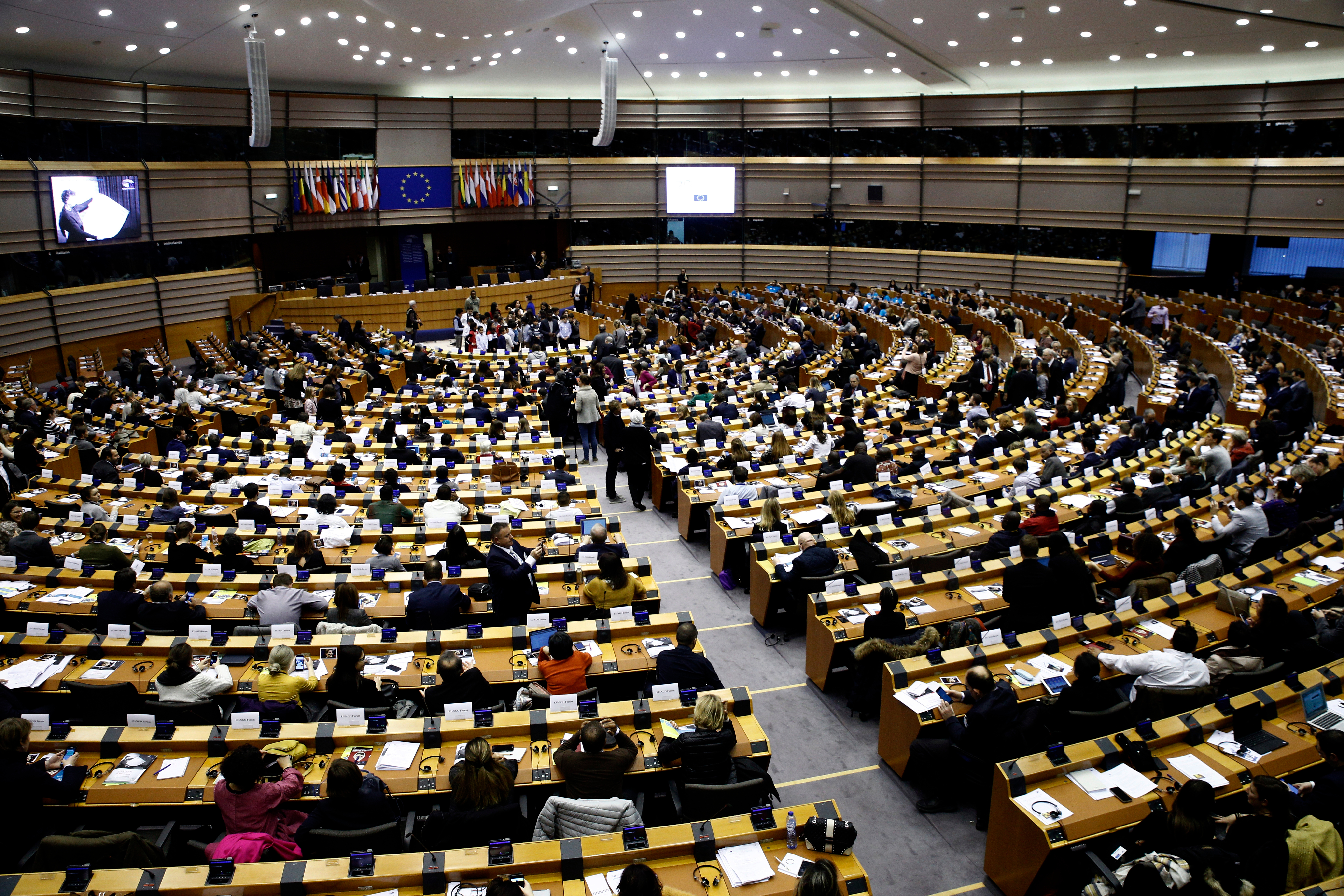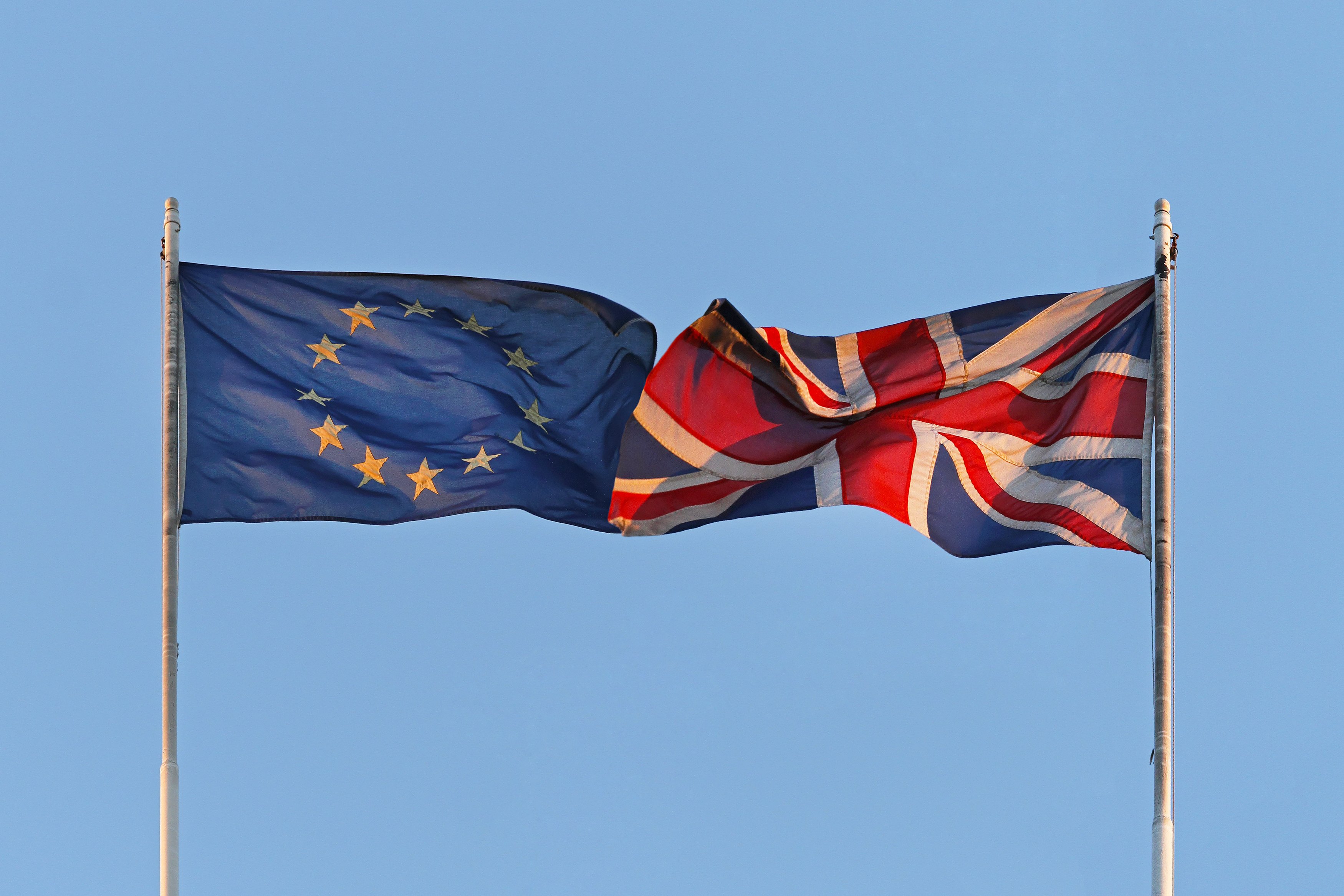Is the EU ETS back on its feet?
by Inline Policy on 07 Aug 2015
The EU Emissions Trading Scheme (ETS), the EU’s flagship climate policy instrument aimed at reducing greenhouse gas emissions at least economic cost and incentivising investment in the low-carbon economy, has been back in the news - for once in a positive sense.
A major structural reform, aimed at tackling the huge surplus of allowances built up in the ETS over the last five years, will be on the statute books soon - probably in September once it has been rubber-stamped by the Environment Council. This reform measure is the Market Stability Reserve (MSR), a flexible and responsive mechanism which should ensure that the ETS doesn’t have to contend with the same damaging over-supply problems in the future. The effective passage of the MSR opened the door for the European Commission to publish new proposals on 15 July for the design of the ETS in Phase IV, post-2020.
In my view the significance of the MSR has been under-estimated. It has gone through the legislative process extraordinarily quickly in just nine months, and suddenly the ETS looks in much more robust shape, better able to play an increasingly central role in driving forward the transition to the low-carbon economy. The steady rise in the carbon price over the last few months is evidence of this point, even if it remains a little way off double figures.
Market participants should also take heart from the Commission’s Phase IV proposals. These seem to be closely in line with the 2030 climate and energy targets agreed by the European Council last October. The key elements of the proposals include a tightened ETS cap in line with the EU’s 2030 GHG target, a new Modernisation Fund to support low-carbon transitions in Central and Eastern Europe, a new Innovation Fund to finance RD&D into breakthrough low carbon technologies in the power and industry sectors and some refocusing and reduction in the number of free allowances for energy-intensive industrial sectors - although not by enough for environmental campaigners.
The rapid movement out of the blocks by the Commission is welcome. However, I have three reservations about their package. First, while the establishment of the MSR ought to limit over-supply situations, the Commission might still be conceding other ways in which excess allowances can return to the market. The 250 million new entrants’ pot is one such means; plus there are concerns that Commission calculations related to carbon leakage and competitiveness might let in the return of more allowances. The upshot would be a negative impact on the price and the dilution of the ETS’s environmental objective.
Second, it could be argued that the Commission, in fulfilling its brief along narrow lines, risks failing in its ambition at a time when EU global leadership remains vital - a point which I encourage the British Government, who are very vocal about a Paris deal, to take note of. It’s worth recalling in this context that the Council actually agreed on a 2030 target of an “at least 40% domestic reduction.” Last week’s package doesn’t really address this at all, although a more ambitious target could be considered (without weakening the domestic target) with the use of international offsets - a measure that would both support climate ambition and boost the carbon market. It feels like an opportunity lost, unless some vigorous petitioning during negotiations can change minds. The question of greater EU ambition should certainly be addressed in the light of what is agreed at Paris.
Last, although market players in the ETS wanted and got early proposals on Phase IV, there was something unsatisfying about the Commission’s announcement last week. We won’t know for a while yet how the Commission envisages addressing the governance framework or emissions reductions in the non-traded sector. But investors rely heavily on policy signals. And clarity on key elements of European decarbonisation is still lacking.
In conclusion, I welcome the UK Government’s support for ETS reform and encourage them to continue to support:
1) a robust MSR mechanism that ensures that surplus allowances do not return to the market;
2) examining the case for greater EU ambition in the light of what is agreed at Paris; and
3) a joined up approach to implementing the 2030 package as the best way to incentivise investment.
Topics: European Politics, Energy policy, UK politics, Big Tech








Comments